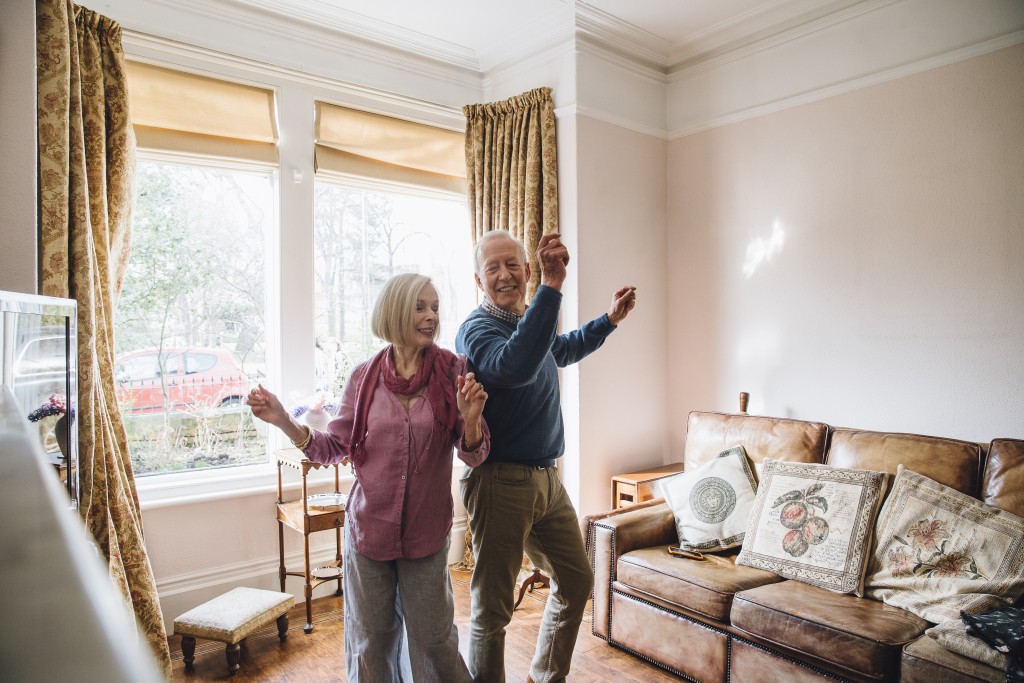We design our homes with our current needs in mind. Thin, multi-leveled homes have become a trend to conserve on space. Ladders can be stowed, and tables and chairs are converted into beds and other needs. But these are all only good for as long as you have the physical capacity to use them. In other words, these are home designs fit for the young and energetic individuals who don’t mind doing a lot of muscle work to go around their homes.
But why do we build our homes this way instead of a design that would serve us for a longer-term? We have here some design concerns that we might face when we reach our retirement age.
The problem with stairs
Arthritis is one of the most common ailments of old age. While it is true that you can prevent this by a healthy diet, this health problem could be inherited. Some nutritious foods even trigger arthritis. It’s difficult to balance our need to consume specific foods to get the vitamins we need and limit it to avoid arthritis. Sometimes it’s just a spoonful or two of peanut butter that sends us into an episode of pain. It’s then best to prepare our homes for times like this.
It would be convenient to have a wheelchair. Better yet, get those that are motorized. However, these would not serve us if our home would have several levels, and we would need to climb stairs. Even the one or two steps that had been aesthetic when separating the living room from the other parts of the house would be cumbersome.
If you cannot do with a one-storeyed house, then add ramps. Ramps would need space for sure since they shouldn’t be too steep. But there are designs where you could maximize the space underneath the ramp, just like how you could maximize the stairs. You could be flexible by making them curved or multi-leveled.
Elderly-friendly garden
People are so fond of pebbled walks or dirt paths around the garden. Replace them with a textured pavement. Similar to what is shown at the website of Aztec Landscaping, a company that does full-service landscaping, grooved cement is also a good option for your garden paths. And have your plants contained in concrete boxes of mulch so that you don’t accidentally trip on their roots or outgrowths.
Bathroom spaces
At the moment, you feel that small bathrooms are efficient because you only need to fit a bowl, a shower, and a sink. However, when you are navigating it with a wheelchair, it won’t be as comfortable. You might need to leave your wheelchair at the door and painfully go around your bathroom on your feet. Also, have handholds that would help you navigate the room in the future.
Spacious rooms

Needless to say, you will need space to navigate your rooms conveniently when you are in a wheelchair. Have at least a six-feet hallway. Allow your room to have spaces between the furniture.
Unfortunately, for this kind of space, you could not use optical illusions because you need the actual space. Do not clutter your rooms with unnecessary things. Keep spaces free from ornamental stuff like vases and sculptures. You could have them positioned in corners or somewhere that’s not going to obstruct passages.
Well-lit home
While right now you could save on electricity be making do with just a few bulbs, when you get old, and your eyesight is failing you, you would want your home to be as bright as possible. You would not need this lighting right now when you are out of the home most of the time, either working or socializing. But by retirement, you will be spending most of your waking hours around your home. Just prepare for it. You don’t have to use those sockets now, but have them ready so that you don’t need to pay for additional electrical outlets when the time comes.
Finally, the most sustainable house for any age level is one with a simple layout. It will provide the basic needs of both the working and retired individuals, and both age groups could easily navigate it. Aesthetics could be temporarily added. They don’t have to be permanent fixtures of your house design. For example, instead of adding a step to your living room to separate the space, use a rug. Instead of having different levels, you could adjust the shape of your home so that a turn on the same floor hides the next room.
The prevailing consumerist mentality influences the way we conceptualize our dream homes. We believe that everything that would not serve us in the future could be discarded and replaced by something more convenient.







